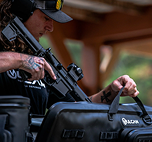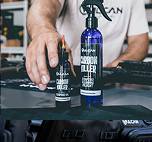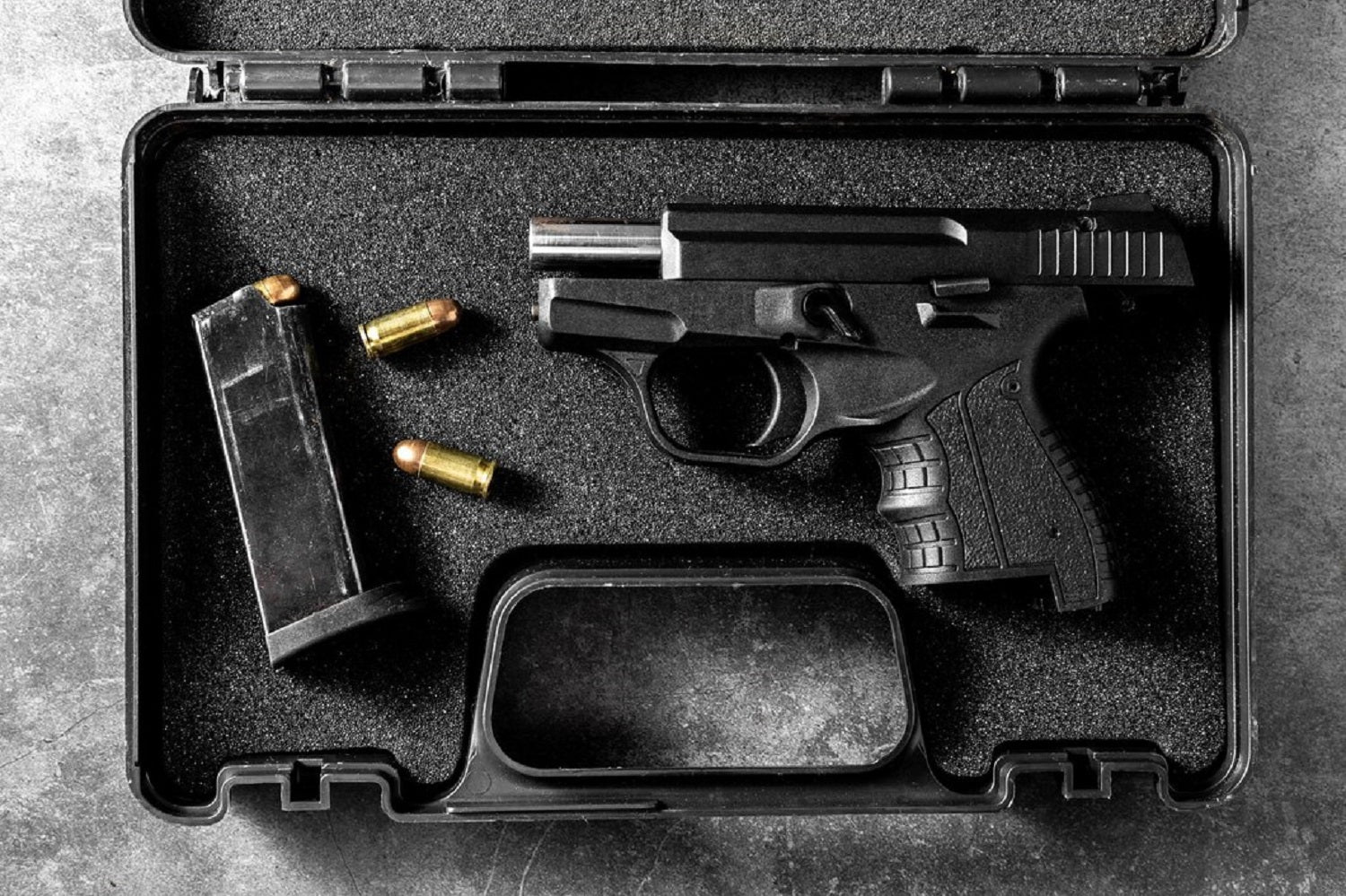Pistol cases are meant to do one job well—protect your firearm. But when leaks sneak in, they can lead to rust, wear, and unwanted damage to your gear. It’s frustrating to open your case only to find moisture trapped inside or parts of your pistol looking a little too weathered. Whether it's rain on a hunting trip or your truck bed picking up dew overnight, small amounts of water can quickly turn into big problems.
That’s why having a reliable waterproof pistol case matters more than most folks think. It’s not just about storage. It’s about making sure your gear stays dry and ready when you need it. If you’ve noticed wet spots, a stale smell, or corrosion on your firearm, there’s a good chance your pistol case isn’t doing its job anymore. Catching the problem early can keep you from tossing out rusted parts and replacing things that should still be in great shape.
Identifying The Source Of The Leak
Before making any changes, you’ve got to figure out exactly where the water’s getting in. A pistol case might look tough on the outside, but even a small weak point in the design or material can invite moisture in.
Start with a full visual inspection. Lay the case open in a dry spot and check both the outside shell and inside lining.
Here’s what to look for:
- Cracks or splits in the exterior fabric or casing
- Damaged or misaligned zippers or latches
- Gaps around seams or stitched areas
- Fading or worn-out rubber seals around the lid
- Wet spots under the foam or padding
Next, try the water test. Close the case completely and hose it off lightly. Afterward, towel it dry and open it up to see if any moisture made it inside. If it feels damp or the padding shows signs of water, you’ve got a problem.
If the leak isn't obvious, it may be from material wear, especially along folding points, handles, or where the case bends. Any area that flexes or sees frequent pressure is more likely to break down over time.
Even temperature changes can cause parts to loosen or warp, especially if the case is stored in garages or vehicles. One example: someone kept their case in the back of their pickup all summer. The heat cracked the zipper coating, causing just enough of an opening to let rain seep in.
Leaks usually don’t scream at you. They show up in quiet ways. The best thing you can do is check regularly so any problems don’t catch you off guard.
Immediate Fixes For Minor Leaks
Once you know where the leak’s coming from, a few quick actions can buy you some time. Keep in mind these are short-term fixes to help hold things together until it’s time to switch or upgrade.
Here are some steps you can take:
1. Dry it out completely – Before patching or sealing anything, remove all moisture. Take out foam inserts and let everything air dry in a warm place.
2. Patch exterior cracks – Use weatherproof adhesive tape or sealant to seal up small cracks on the outer shell. Make sure the surface is clean before applying.
3. Reinforce zipper corners – Reinforce worn-out zipper ends with flexible waterproof tape. This can help prevent gaps when closing the case.
4. Add internal moisture control – Toss in a few moisture-absorbing packets like silica gel to help limit humidor-like dampness from building inside.
5. Use seal-friendly lubricants – If the rubber seals around the edges are drying out, a light coat of silicone lubricant may help bring them back to life temporarily.
These quick fixes can help keep outdoor moisture from ruining your gear on short trips or in storage. But if the leaks keep showing up, even after you patch, it might be time to look at a longer fix that’ll hold up better.
Long-Term Solutions for Preventing Leaks
Fixing leaks isn’t the end of the story. For peace of mind, using a high-quality waterproof pistol case that holds up in all kinds of conditions is just plain smart. Upgrade to one that uses strong materials, reinforced seams, and hardened latches.
Good cases are made from things like reinforced polymer or heavy-duty textiles with a proper waterproof lining. Why does that matter? Because materials like these don’t crack or absorb moisture like cheaper alternatives. They’re built to handle the ups and downs of outdoor exposure and rough handling.
Check out how the case is sealed too. Look for thick rubber gaskets that compress firmly when the case shuts, not just flimsy flaps along the edge. Solid latches that pull the case tightly closed make all the difference. These design details guard your firearm against moisture whether it’s stored in a dry closet or out in the field.
If you rely on your gear in unpredictable conditions, long-term protection starts with not settling for a subpar case. Small upgrades now protect your investment far longer than repeated quick fixes ever will.
Maintaining Your Waterproof Pistol Case
Cleaning and care keep your waterproof pistol case working the way it should. Regular upkeep prevents those slow, creeping issues from building up unnoticed.
Start by wiping it down. Dust, grit, and residue can gather in corners and seams over time. Use a damp cloth to clean the exterior and be sure to dry it off well. If needed, mild soap works fine. Skip solvents or harsh cleaners because they can damage protective layers or dry out seals.
Once clean, take a good look at the seals and gaskets. If they’re starting to dry out or crack, apply a rubber-safe conditioner to keep them flexible. Lost flexibility is a sure sign your seal could fail the next time you really count on it.
Next, think about internal moisture. Even a waterproof case isn’t immune from sudden temperature changes that cause condensation. Moisture packs like silica gel can go a long way toward helping with that. Drop them inside when storing the case to give you added backup.
Make it a habit to test your case every couple of months. Press down along the edges when it’s closed. Make sure the latches still create a firm hold. If they wiggle or feel loose, it’s time for a closer look or maybe a replacement.
If you’re traveling or storing your firearm for long periods, don’t leave the case on the floor or in places with wild temperature swings. Elevate it and keep it away from heaters or windows.
Doing these small steps often helps your case last longer and protects your firearm from the kind of damage that’s tough and expensive to fix.
Stay Prepared with VULCAN Arms Products
Gear that performs should never come into question, especially when safety and timing matter. That’s what makes keeping leaks in check so important. Spotting trouble early and staying on top of routine care helps make sure everything’s working just the way you want it, when you want it.
There’s peace of mind in knowing your pistol isn’t sitting in a damp case. And there’s confidence in knowing your firearm is ready the second you reach for it. Staying prepared comes down to choosing gear that does what it promises and lasts the way it should.
If you’re tired of dealing with leaks or just want something more reliable, it might be time to step up to something tougher. Whether it’s upgrading materials or adding maintenance habits into your routine, the effort pays off every time your gear performs exactly as expected. With the right waterproof pistol case, backed by smart habits and solid checks, you can count on long-term protection through all kinds of conditions.
For continuous peace of mind, consider investing in a high-quality waterproof pistol case to keep your gear safe and moisture-free. Discover how VULCAN Arms' advanced cases can enhance your firearm protection by exploring our latest range. Browse our waterproof pistol case options today and make sure your equipment is always prepped and ready to perform.









Share:
Securing Loose Vehicle Gun Mount Brackets
Breaking In Your New Quick-Draw Holster